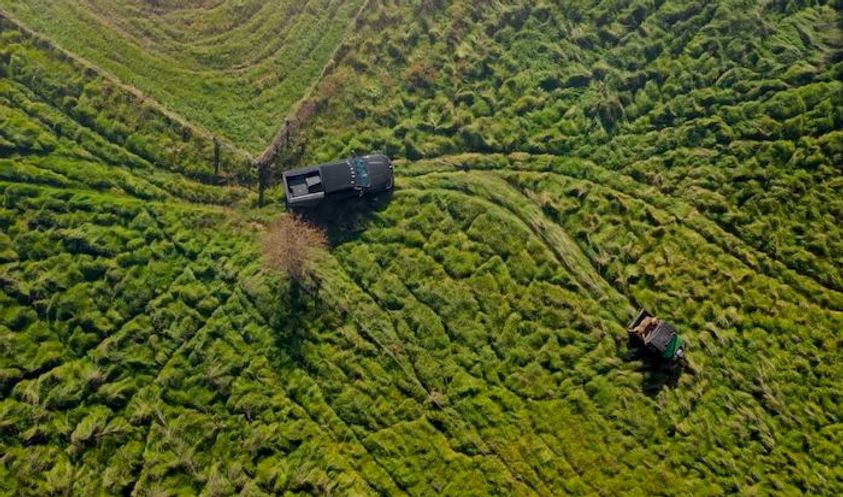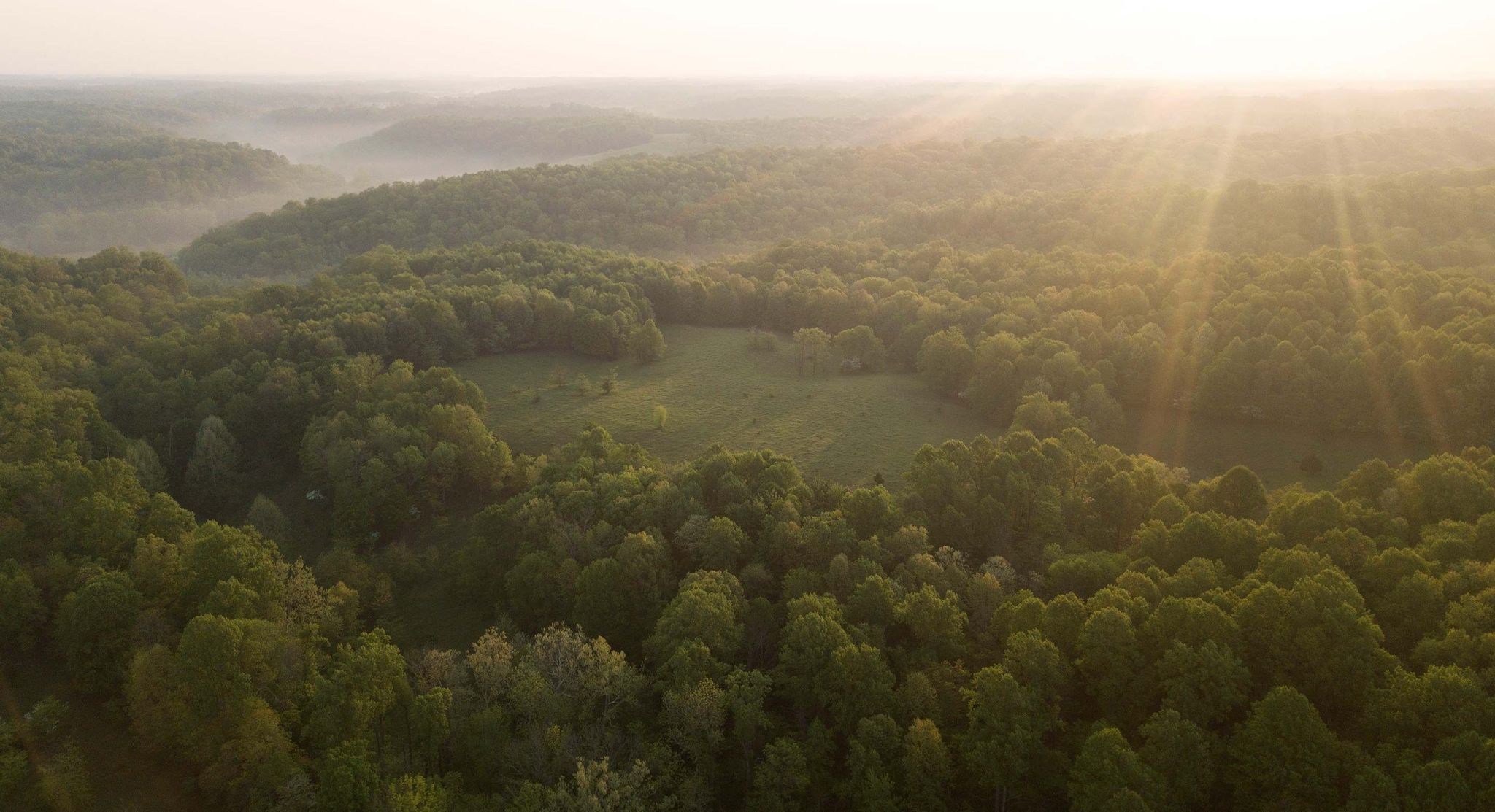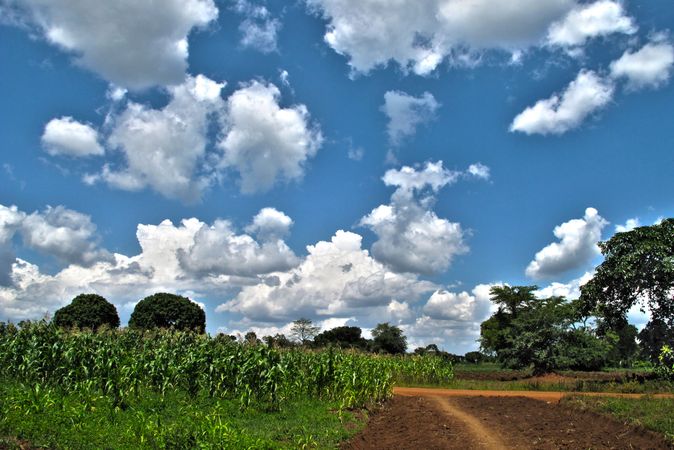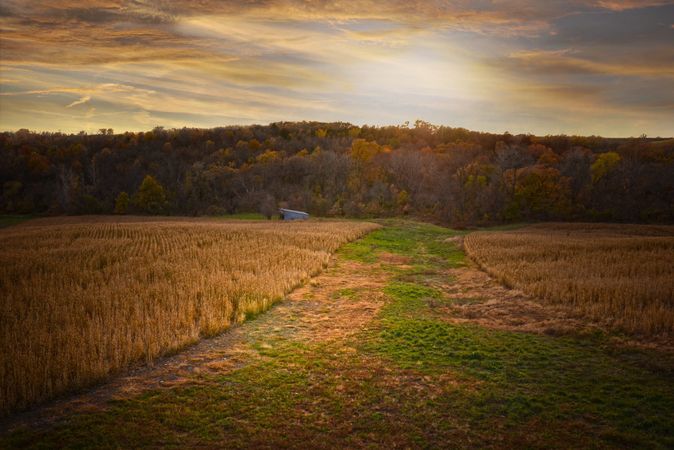A little over a month ago, the Dow Jones Industrial Average reached 29,551 points, a historical high. That was February 12. By March 23, the market was down an unimaginable 37 percent, closing at 18,591. In between those dates, more history: On March 20, the Dow fell 12.93 percent in a single day, slightly worse than the single-day loss of 12.8 percent on Black Monday in October 1929.
But wait. Before you glaze over in the face of so many dates, closing numbers and historically bad news, you should know that it’s not all bad. On March 24, the Dow surged back and closed up 11 percent, it’s biggest single-day percentage gain since 1933.
So take a breath, America. You’ve earned it. And in light of the current pandemic and resulting financial fallout, it’s safe to say a deep breath is about the only thing any of us have earned this year. Wall Street can be a dizzying drama queen with an unapologetic fickleness. But just off of Main Street, Rural America is pressing on in places where Wall Street doesn’t loom as large. Those who own land in these out-of-the-way places have some protection against the equity markets, and, right now, they’ve got to be thinking rural real estate has never looked so good. Or stable.
“It is difficult to predict how long this malaise can drag on, but what I can say is that if we don’t recover from this market panic, it will be the first time ever,” Russ Purdy, vice president and wealth management advisor of Merrill Lynch Wealth Management in Columbia, South Carolina, wrote in an email to clients on Friday, March 20. “Patience and long term focus are not new instructions for investors but in the middle of times like these, they are hard to practice.”
The Long Play Is the Way

In a 2013 letter to the shareholders of Berkshire Hathaway, Warren Buffet wrote at length about long-term focus, using an investment he made in a 400-acre Nebraska farm to illustrate this principle.
Long-term focus applies to equity markets like the Dow, as well as to real estate investments like undeveloped rural properties or farmland. The difference is equities can be erratic. Peaks and valleys are abundant, while big, short-term gains are possible but elusive. Conversely, land investments are steady. There’s growth and favorable returns but it’s like a 5-gallon bucket that’s filled over time from the accumulation of a misting rain. There’s no arm-raising squeals of victory like you see at the slot machines in Vegas.
And right now, that’s OK. Nobody’s looking for a squeal. In a down market, quick profits and high risk aren’t quite the attraction they tend to be in a bull market. Instead, steady, consistent gains carry all the allure. And, more importantly in any market, stable investment vehicles like land are a critical balancing piece to an equity-heavy investment portfolio.
According to AcreTrader, farmland investment company, annual returns on farmland since 1990 (the first year of the index) averaged 11.5 percent. Using this same data set, that’s more than double the average annual return on gold. Returns on farmland even edged out commercial real estate returns by nearly 3 percent.
“Land is the quintessential long-term play for investors,” says Kirk Gilbert, Broker and Sales Manager for Whitetail Properties, a company that specializes in buying and selling ranches, farms, hunting and recreational properties. “Land forces you to be patient and allow your investment to build over time. It’s rarely a short-term strategy.”
Buffet emphasized this point himself. What the economy, interest rates or the stock market did during the years following his decision to purchase land was of no importance to him. “I can’t remember what the headlines or pundits were saying at the time,” he wrote. “Whatever the chatter, corn would keep growing in Nebraska.”
What a Land Investment Doesn’t Require
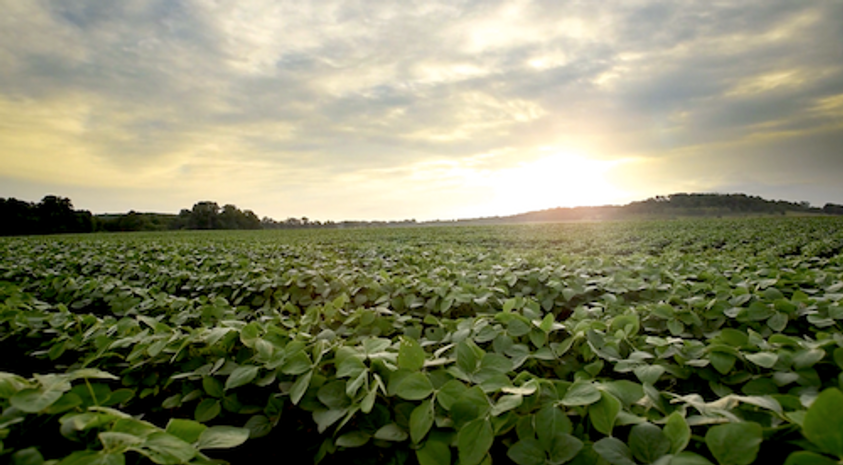
Land investment doesn’t require the investor to have an expert knowledge of land. Many think it does, and often that mindset can serve as a barrier. Others may not have grown up around rural areas where undeveloped land is abundant, and the prospects of land ownership is simply uncomfortable, even as the financial upside is proven.
Instead land ownership requires only two things:
- Working knowledge, rather than expert knowledge.
- A reliable partnership.
Ultimately, expertise is a byproduct of thorough saturation in something. It’s living it day-to-day. This concept of immersion is why individual investors in the equity markets rely on brokerage firms and its financial advisors to add expertise to his or her working knowledge of the markets.
Land real estate has its own version of financial advisors, a partnership between the buyer/seller and the expert advisor. Yet many investors aren’t aware that this land-centric transactional and consultatory arm exists in a way that’s similar to the advisors readily available to those investing in equities and other financial instruments like bonds and annuities.
“In our business, and particularly at Whitetail Properties, our Land Specialists must be immersed in the rural real estate market, and they must have an authentic understanding of the culture that envelopes these rural properties which is largely influenced by agriculture and recreational pursuits like hunting,” says Jeff Evans, Director of Sales at Whitetail Properties. “It’s our job to ensure each client understands the nuances of a piece of property, because those nuances define its value.”
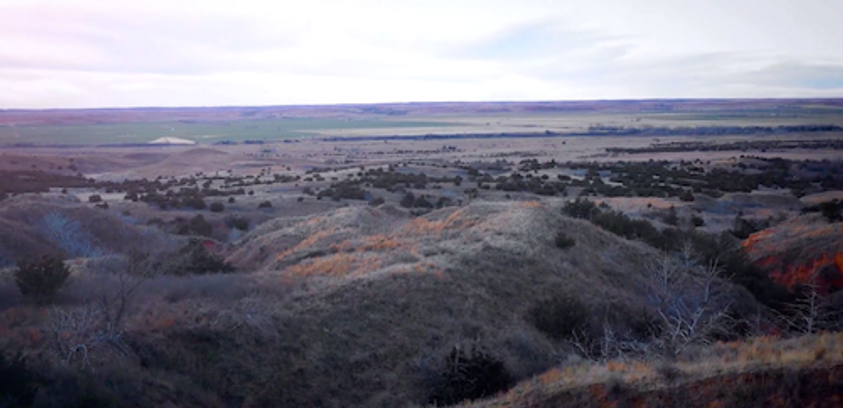
From its inception, Whitetail Properties positioned itself as a company focused solely on the buying and selling of land. Their real estate agents are known as Land Specialists, and the success of the company speaks to the favorability of land as an investment vehicle. It also underlines the void that existed in the land real estate market. Land buyers and sellers needed easy access to Land Specialists with expert knowledge of land.
“I knew nothing about operating a farm,” Buffet wrote. But he had a partner who did. “I have a son who loves farming and I learned from him both how many bushels of corn and soybeans the farm would produce and what the operating expenses would be. From these estimates, I calculated the normalized return from the farm to then be about 10 percent. I needed no unusual knowledge or intelligence to conclude that the investment had no downside and potentially had substantial upside.”
A working knowledge of something is defined as knowing how something works but not understanding the deeper knowledge of why something works. The working knowledge of any business is very similar as Buffet illustrates. Lack of knowledge shouldn’t be a barrier to land investment.
“If someone is familiar with business — any type of business — they know what a good return looks like to them,” said Evans. “So you start there. And then it’s our job as Land Specialists to inform clients of what can be expected from a land investment in general, and what can be expected based on different land types, commodity types and the market value and how it varies from region to region.”
When an investor is looking to land as an opportunity to diversify assets beyond equities and other financial vehicles, Evans said alignment and shared expectations is where a partnership starts. “You’ve got to get a person in the right mindset,” he said, pointing to the traits of a long-term holding. “A rural land investment might bring a 5 percent annual return. It’s not guaranteed, but it’s constant. And that’s where the value is. Slow and steady wins the race.”
Identifying the nuances of each piece of property are what validates the land expert.
“All returns are different based on land features like the commodity or the rural base where the land is located,” says Evans. “You want to buy at value, to buy right, and that’s understood by most, OK? But an accurate assessment of a property’s market value relies on the quantifiable recognition of each property’s subtle nuances.”
There are other factors too.
“There’s some benchmarks to gauge returns that we help our clients consider,” said Evans. “You want to look at cash rents for the area, whether the current landowner is farming the property, what government programs for land conservation projects are available, which can offset costs. We take inventory of all those relevant benchmarks, then look at them holistically to forecast returns over the lifetime of an investment.”
True Asset Allocation Goes Beyond Equities
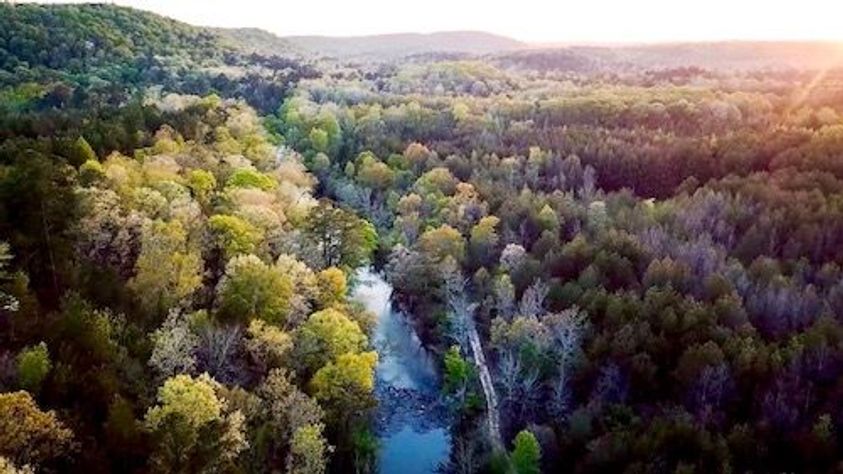
When U.S. equity markets take a nosedive, embracing a long-term focus is soothing. The markets will surge back. History assures it. But long-term focus is a luxury of time, and our time isn’t infinite.
The current state of our markets should serve as a reminder that true asset allocation goes beyond how one spreads assets across equities. In this moment, the financial security of many Baby Boomers, a generation rapidly approaching retirement, is in jeopardy as investments in 401Ks and IRAs shrink. This is a warning shot to younger generations, those who do have time to diversify their assets beyond the equity markets. By doing so, a percentage of an individual’s wealth can be sheltered in long-term, stable investment vehicles like land which, in turn, softens the inevitable ill-timed blow of a temperamental market.
Take for instance a young professional who grew up in the rural South. A few months into his first job, he boasted about his 401K contribution, and he chastised his dad for not having a 401K or something similar. His dad was a farmer and had never been employed by a company offering a 401K. At the time, the two were standing in front of a sliding glass door in the ranch-style home where the young man grew up. His dad looked past him, through the glass to the property adjacent to the family's backyard. It was planted in young pines. “That’s my retirement,” he said.
The farmer in this little story is a believer in the stock markets. He’s never been a put-your-cash-in-a-jar kind of man. Over his lifetime, he’s practiced true asset allocation, diversity that reaches well beyond stocks, mutual funds and other investment vehicles. In today's economic climate, there's a great peace of mind for both the father and his adult son that those pines and other land investments are among a diverse investment portfolio, one that belongs to a man who's approaching 70 years of age and doesn't have the luxury of time and long-term focus.
“When we talk about land, we often find ourselves saying something like, ‘I wish I would have when … “ Evans says. “That’s what this is about. We’ve seen what land values do over a lifetime. If you’re looking back, the opportunity is gone. But if you’re looking ahead, the opportunity is right there for you.”


